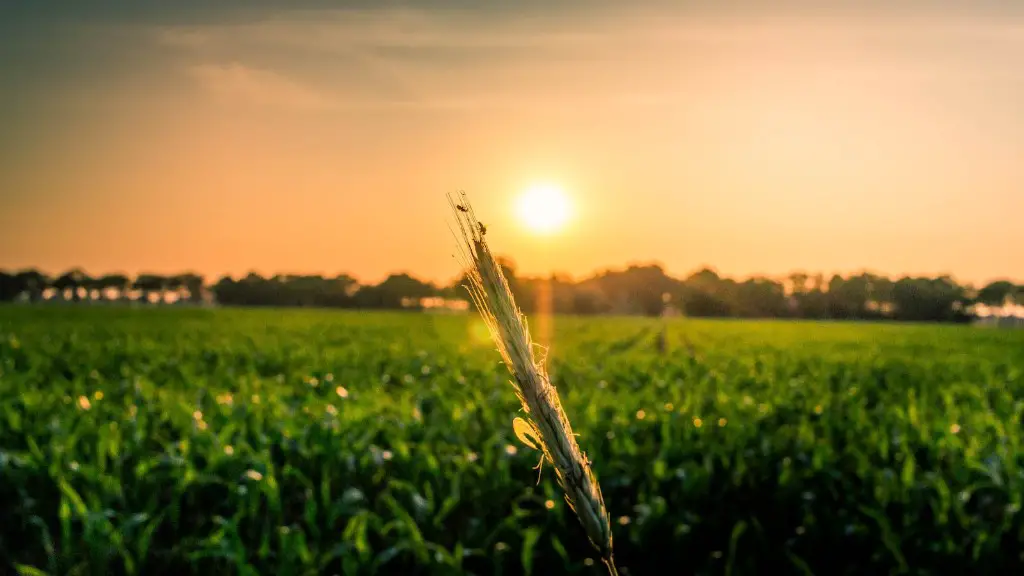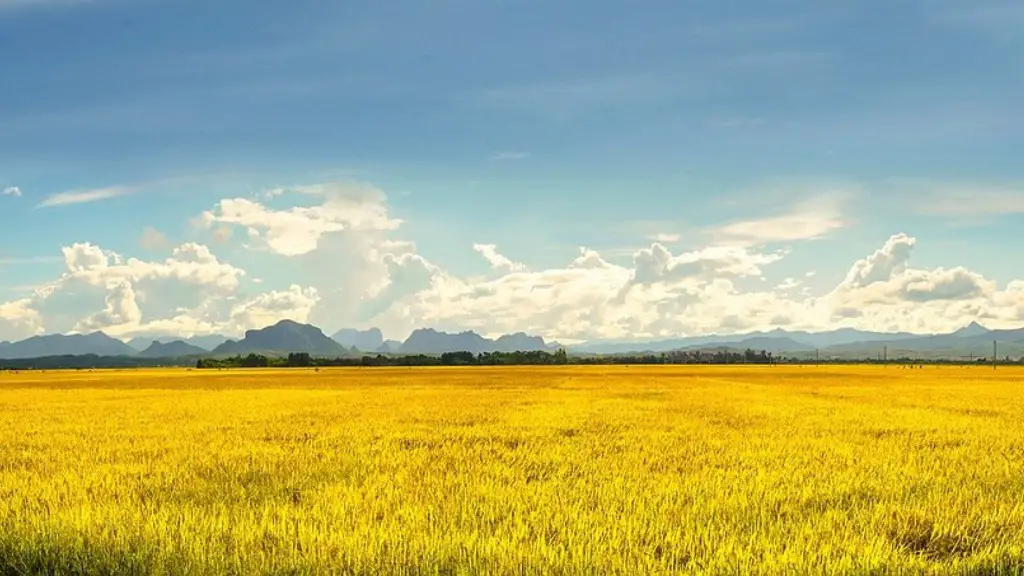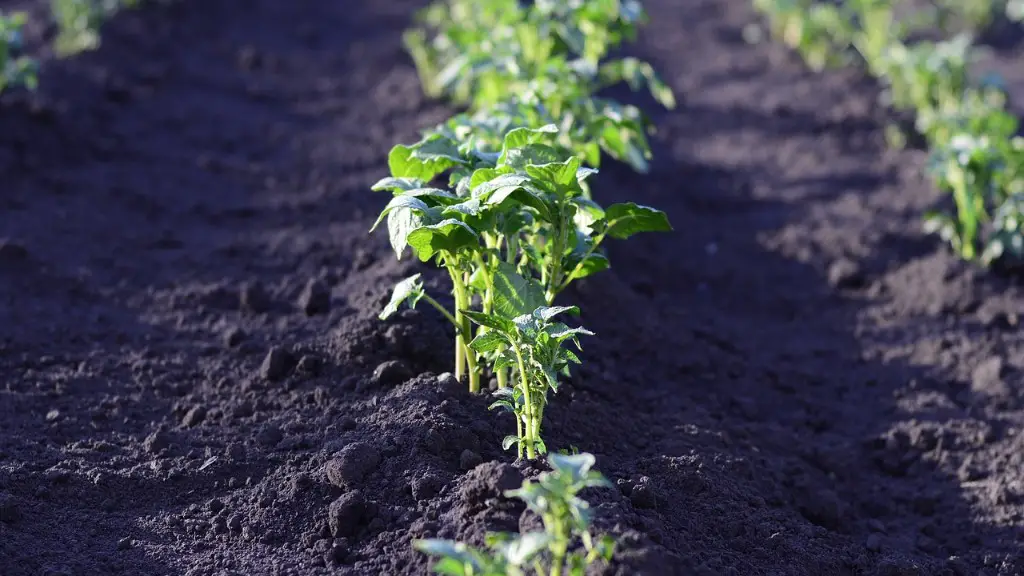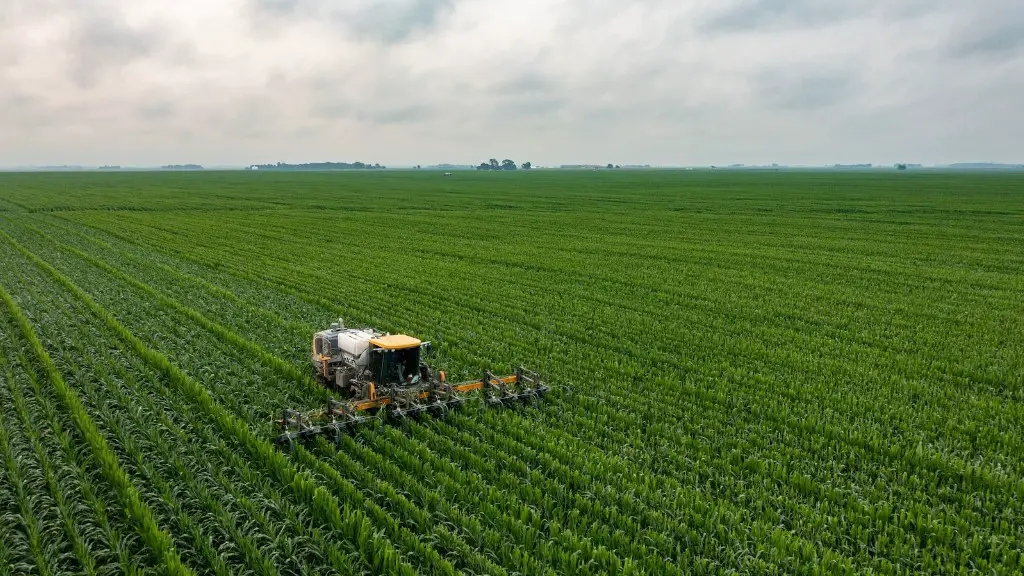Sustainable agriculture is a farming practice that seeks to produce food without negatively impacting the environment or depleting natural resources. It is one of the most important strategies for food security and reducing poverty. Good farm management and conservation practices as well as appropriate inputs and technologies are essential for sustainable agriculture. Some of the key practices of sustainable agriculture include crop rotation, soil conservation, integrated pest management, reduced tillage, cover cropping, organic farming, crop diversification, agroforestry and natural resource management.
Crop Rotation
Crop rotation is one of the most important practices of sustainable agriculture. It is a system of growing different crops in the same field in a planned sequence over a period of time. This helps in maintaining soil productivity, controlling pests and diseases, improving soil fertility and reducing the risk of crop failure. Crop rotation also prevents soil erosion and helps in conserving energy and water.
Soil Conservation
Soil conservation is another important practice of sustainable agriculture. It involves practices such as terracing, catchment systems, crop residue management, intercropping, conservation tillage and green manuring. These practices help in protecting the soil from wind and water erosion and conserve the soil’s fertility and structure. Soil conservation also helps in improving the soil’s ability to store and retain water and nutrients.
Integrated Pest Management
Integrated pest management (IPM) is an important practice for sustainable agriculture. It involves using a combination of biological, chemical and cultural methods to control pests and reduce the use of agrochemicals. IPM also involves monitoring of crop pests, using resistant varieties and using beneficial insects to control pest populations. IPM helps in decreasing the environmental impact of agrochemicals, minimizing crop damage and reducing production costs.
Reduced Tillage
Reduced tillage is a practice that involves reducing the intensity of tillage operations and relying on cover crops and other methods to improve soil condition. Reduced tillage helps in reducing fuel and labor costs, protecting the soil from wind and water erosion, saving soil moisture and increasing organic matter in the soil. It also helps in conserving soil fertility and improving the condition of the soil.
Cover Cropping
Cover cropping is a practice that involves planting crops specifically for their soil-enhancing characteristics. Cover crops are planted between rows of a main crop to add organic matter and nutrients to the soil and to help control weeds. Cover crops also help in improving water holding capacity of the soil, increasing beneficial microorganisms in the soil and conserving soil fertility.
Organic Farming
Organic farming is a form of sustainable agriculture that does not involve the use of synthetic fertilizers and pesticides. Organic farming emphasizes on building a healthy soil and maintaining a diversity of crops and livestock. Organic farming also helps in protecting water resources and preserving biodiversity. It also helps in reducing emissions of greenhouse gases and conserving energy.
Crop Diversification
Crop diversification is the practice of growing different varieties of crops to reduce the risk of diseases and pests, conserve soil fertility and improve crop yields. It involves growing a combination of traditional and modern varieties of crops to make use of the advantages of different crop varieties. Crop diversification also helps in reducing dependence on a single crop and promoting the production of organic foods.
Agroforestry
Agroforestry is a practice that combines trees with agricultural crops or animals. It involves growing trees and plants that are beneficial to agriculture and livestock production. Agroforestry helps in conserving soil and water resources, improving soil fertility and promoting biodiversity. It also helps in increasing crop yields and improving nutrient and water cycling in the soil.
Natural Resource Management
Natural resource management is an important practice for sustainable agriculture. It involves managing the resources such as land, water, soil and biodiversity to sustain long-term yields and protect the environment. Natural resource management helps in conserving water and soil resources, reducing the impact of climate change and promoting sustainable development.
Planting Diversity
Planting diverse crops is essential for sustainable agriculture. Growing diverse varieties of crops in the same field helps in conserving soil fertility, reducing the risk of crop failure and controlling pest and disease outbreaks. It also helps in improving soil health, conserving water and protecting biodiversity.
No-tillage Farming
No-tillage farming is a practice of planting crops without tilling the soil. This helps in conserving soil moisture, reducing soil erosion and increasing soil organic matter. It also helps in increasing water infiltration rates and reducing labor and fuel costs. No-tillage farming is a more sustainable and efficient way of farming than conventional tillage systems.
Water Conservation
Water conservation is a key practice of sustainable agriculture. This involves the proper management of irrigation systems, water storage, proper timing of irrigation and soil and water conservation measures. Water conservation helps in reducing water consumption, improving water efficiency and protecting water resources.
Organic Farming
Organic farming is a practice that does not involve the use of synthetic fertilizers and pesticides. Organic farming emphasizes on building a healthy soil and maintaining a diversity of crops and livestock. Organic farming also helps in protecting water resources and preserving biodiversity. It also helps in reducing emissions of greenhouse gases and conserving energy.
Livestock Management
Livestock management is another important practice of sustainable agriculture. It involves reducing grazing pressure, practicing rotational grazing, and other methods of pasture management. Livestock management helps in conserving soil and water resources, improving soil fertility and preventing soil erosion. It also helps in improving the health of the animals, reducing the risk of disease and increasing production efficiency.
Land Management
Land management is a key practice of sustainable agriculture. It involves the use of appropriate land-use systems to sustain the productivity of soils and other natural resources. Land management also includes practices such as agroforestry, contour farming, integrated land protection, terrace farming and crop rotation. These practices can help in improving soil fertility and reducing soil erosion, nutrient leaching and water pollution.



